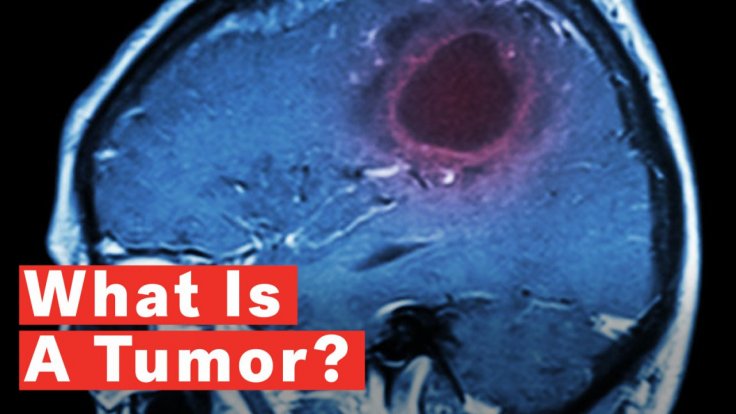
Scientists have used molecular profiles to better predict meningioma recurrence, a breakthrough in tumor prediction as a fifth of meningiomas, the most common primary brain tumors, recur despite complete surgical removal, a study has said.
According to researchers at Baylor College of Medicine and the Jan and Dan Duncan Neurological Research Institute at Texas Children's Hospital, the current meningioma classification does not consistently predict whether or not the tumor will recur, which according to World Health organization are classified into grade I (benign), grade II (atypical), and grade III (malignant).
Dr. Akash J. Patel, a neurosurgeon specialized in treating meningioma at Baylor St. Luke's Medical Center and assistant professor of neurosurgery at Baylor and investigator at the Jan and Dan Duncan Neurological Research Institute, explained the WHO system -- based on tumor histopathology (the appearance of tumor cells under the microscope) currently predicted tumor recurrence, but there was room for improvement.
The study published in Proceedings of the National Academy of Sciences has redefined meningioma on the basis of molecular profiling like other brain tumors, including medulloblastoma and glioma, which are classified on the basis of molecular and genetic features, allowing for improved prognostication and potential therapeutic targets.
According to Dr. Patel, WHO grade II and III tumors that tend to recur sometimes have a more benign course than a portion of grade I tumors, generally cured with surgery, which recur despite complete resection and benign features.
The study firstly used the sequences of all protein-producing genes (whole exome sequencing), gene expression and clinical data of 160 meningioma samples WHO grades I, II and III, from 140 patients to explore the possibility of identifying meningioma molecular signatures that would enable them to reliably predict the most likely tumor behavior after surgical removal.
Co-author Dr. Tiemo Klisch, assistant professor of molecular and human genetics at Baylor and the Jan and Dan Duncan Neurological Research Institute, said of the molecular data suggesting three meningioma types -- A, B and C, type C tumors had a remarkably worse clinical course than A or B tumors.
The groups, however, does not directly correlate with the WHO grading system that classifies more than half of the tumors in C (aggressive) molecular type as type I (benign).
The study, which later examined a better understanding of how the worst cases happened, discovered the DREAM complex was dysfunctional -- a unique characteristic – in type C (aggressive) meningioma.
"In type C meningiomas, the DREAM complex is inactive -- the brake is not functional, and therefore cells are not able to regulate division properly, which contributes to their malignant transformation," Klisch argued, and added dysregulation of the DREAM complex was a key step that lead to the most aggressive behavior in the tumors.
Patel concluded that molecular profiling for meningioma reliably predicts tumor recurrence by identifying DREAM complex dysfunction -- a leading factor in aggressive meningioma.
Another study published in Clinical Radiology has, however, taken the MRI approach to predict the severity of tumors of the central nervous system.
The study said the value of clear grading criteria for meningiomas via brain imaging was important in determining the best management protocol and reducing the risk of complications during and after surgery.









